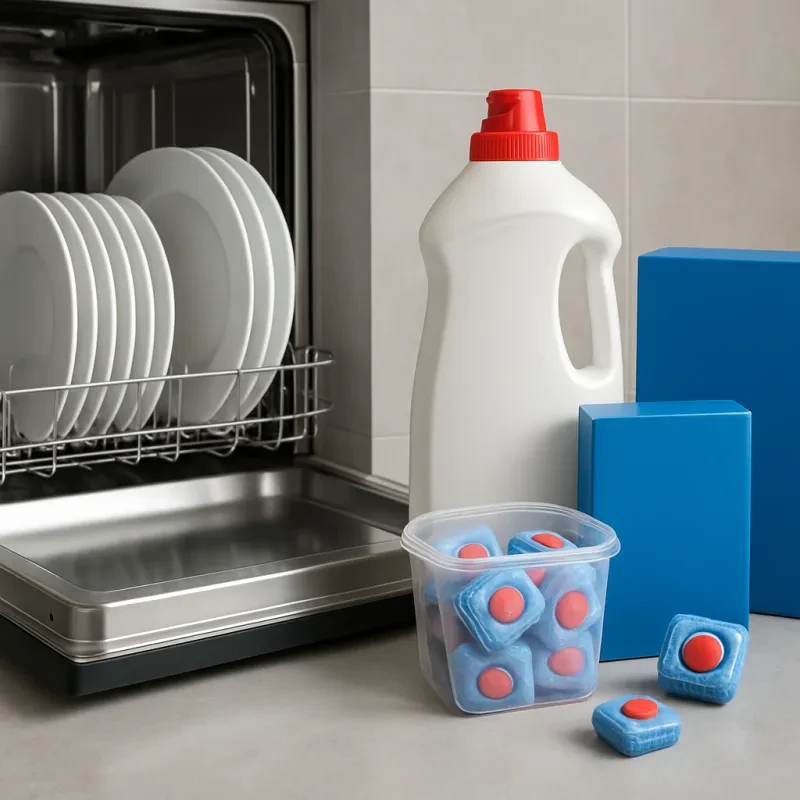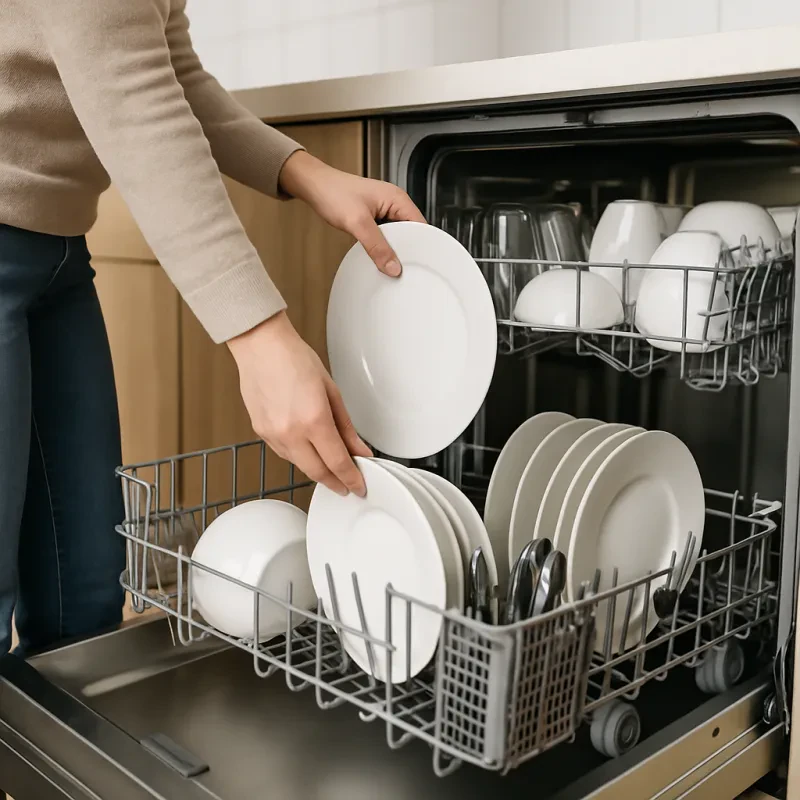Loading your dishwasher might seem like a no-brainer, but there’s definitely a knack to it. Following a few simple practices can help you make the most of your space and ensure your dishes come out sparkling clean.
Start with the larger items first. Place pots, pans, and big plates on the bottom rack. Position them so they face inwards and lean them slightly for optimal water flow. This way, your dishwasher can reach every nook and cranny. Keep the smaller plates and bowls towards the sides; they fit nicely and won’t block anything from getting cleaned properly.
For the top rack, it’s all about the delicate stuff. You’ll want to load your glasses, cups, and smaller bowls here. Angle them so the water can reach the insides without pooling. If you have lightweight items, like plastic cups, try to secure them on the bottom rack to avoid any chance of them getting flipped over during the wash cycle.
Don’t forget about utensils! Place forks and knives with the handles down, so the eating surfaces are exposed to get cleaned. Mix your utensils up a bit—this prevents them from sticking together and guarantees that they all get washed evenly. Plus, consider using the utensil basket for smaller tools like measuring spoons or whisks.
Lastly, give your dishwasher some breathing room! Avoid overcrowding, as this can hinder water and detergent circulation. If you’re in doubt about how to stack something, it’s often best to leave it out for handwashing. Taking just a few extra moments to load wisely can save you time and trouble later!
Common Mistakes That Waste Space
When it comes to loading your dishwasher, a few common mistakes can leave you with a messy load and a half-done job. Let’s dig into those space-wasting blunders so you can make the most of every cycle!
One big mistake is overcrowding. It’s tempting to jam as much as possible inside, but cramming everything in can lead to poor cleaning. Water and soap need space to circulate around your dishes. If you’re stacking things too tightly, some items might come out dirty or even unwashed. It’s okay to do smaller loads; they often clean better!
Another typical error is placing large items incorrectly. For instance, if you put a pot in the bottom rack facing the wrong way, you might block spray arms. Make sure that larger objects are angled so that water can reach every corner. Speaking of placement, don't forget about the dishwasher's silverware basket. Mixing forks, knives, and spoons can lead to them sticking together. Instead, load them in a way that they’re separated, ensuring a thorough wash.
Lastly, skipping pre-rinsing is a common pitfall. While modern dishwashers are designed to handle grime, a quick scrape and rinse can make a big difference for items that are really dirty. It helps prevent stuff from getting baked on during the wash cycle. This small step can save you from a frustrating second wash!
Tips for Maximizing Cleanliness
Keeping your dishes sparkling clean is the ultimate goal when loading your dishwasher. Here are some straightforward tips to help you maximize cleanliness:
With these simple tips in mind, you'll have a cleaner, more efficient dishwasher that makes your life a whole lot easier!
Organizing Dishes for Optimal Performance
Let’s talk about how to organize your dishes in the dishwasher for the best results. It might seem straightforward, but loading your dishwasher strategically can make a huge difference in how clean your dishes get. Here are a few tips to keep in mind!
First, start by grouping similar items together. Place plates on the bottom rack, making sure they face the center of the machine. This allows the water to spray directly onto them. If you stack plates, leave some space in between to let the water flow freely. Bowls should go on the top rack, tilting them to prevent pooling. And don’t forget about those larger items, like pots and pans – they do best on the bottom as well, just make sure they don't block the spray arms.
Next, let's talk about utensils. For forks, knives, and spoons, placing them in the utensil basket is key. Try to mix them up instead of stacking them. This prevents them from nesting together, ensuring that every piece gets cleaned effectively. Place sharp knives with the handles facing up for safety, and keep larger spoons on the sides where they won’t hinder the water flow.
Lastly, don’t overload your dishwasher. It might be tempting to pack it full, but cramming too many dishes can leave you with some that are still dirty after a cycle. Aim for a nice balance between filling it up and ensuring every dish gets the cleaning it deserves. Remember, a little planning goes a long way in dishwashing, and soon enough you'll be a pro at stacking dishes for optimal performance!



